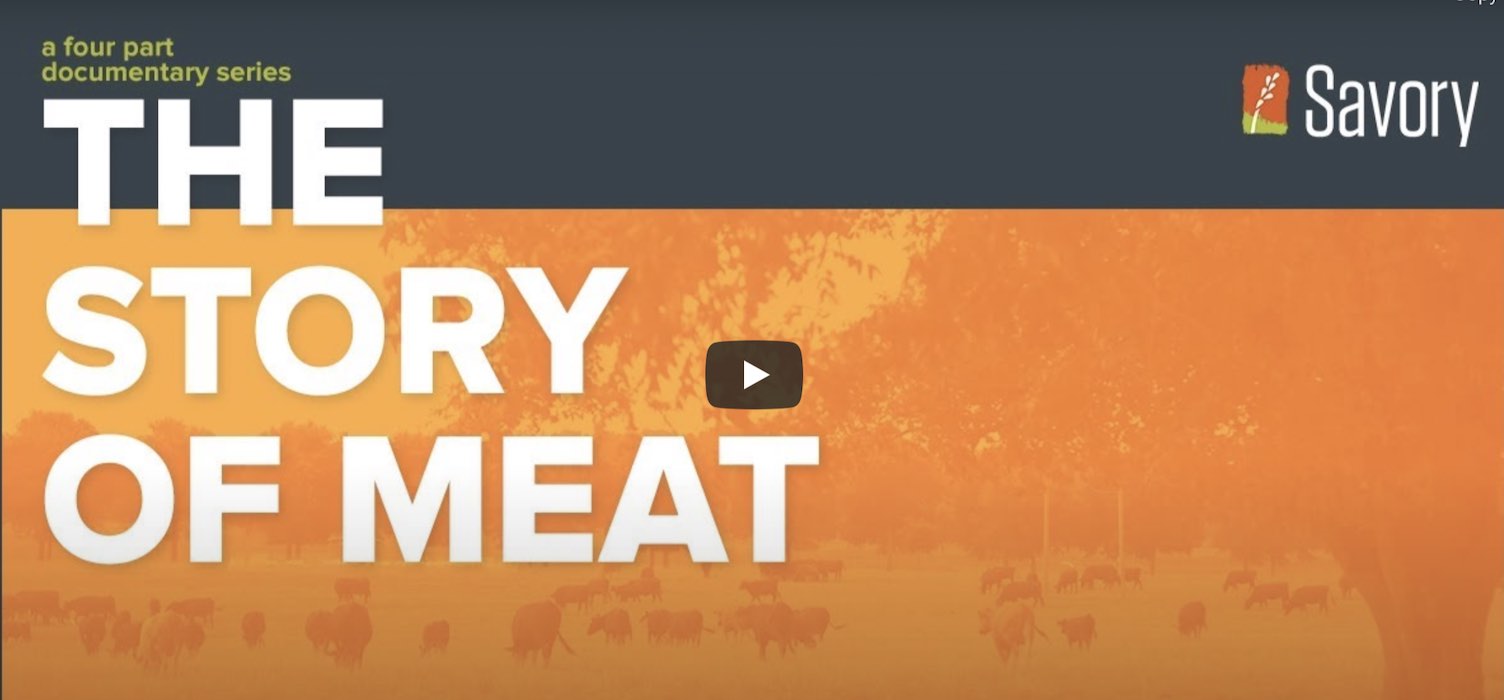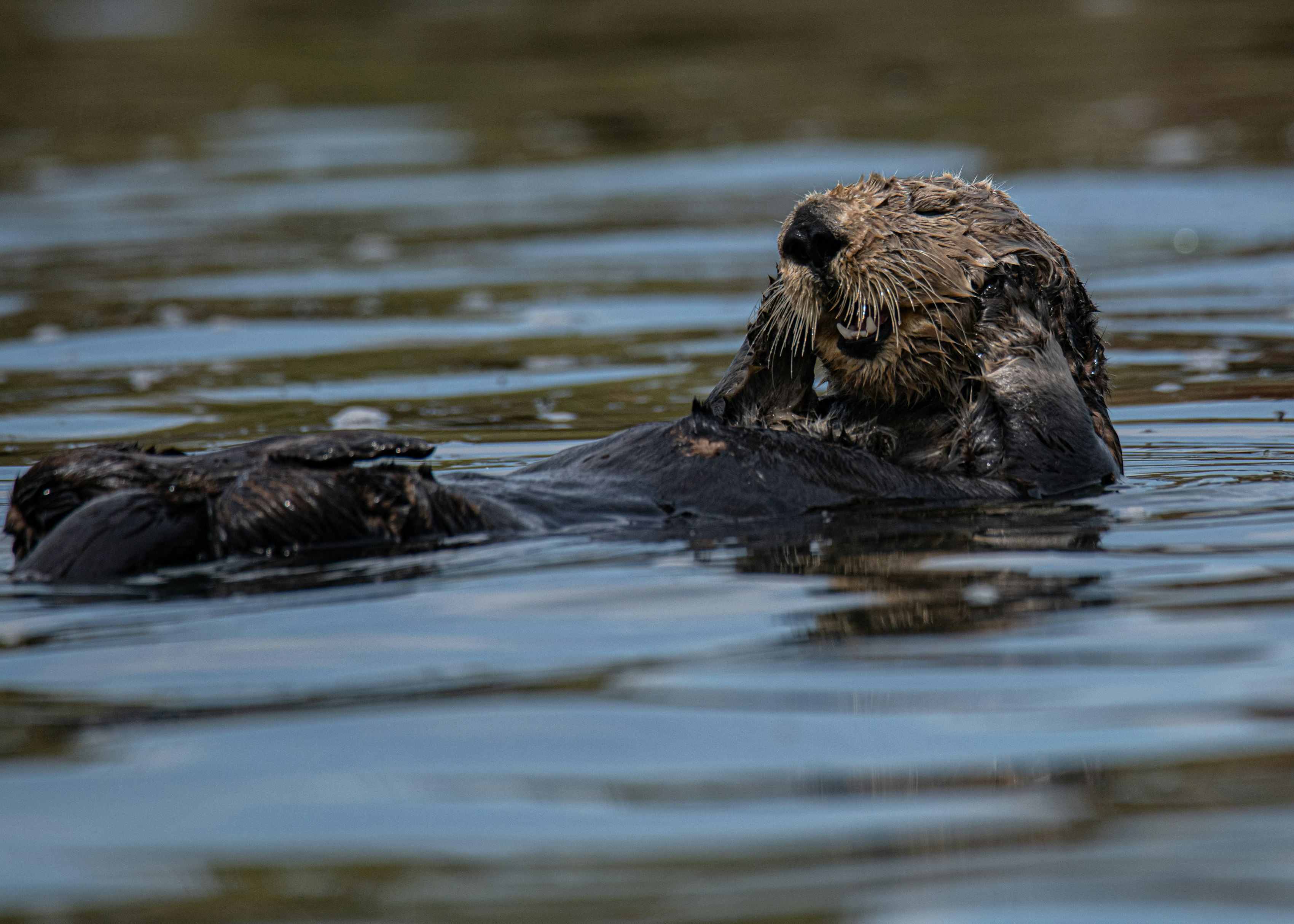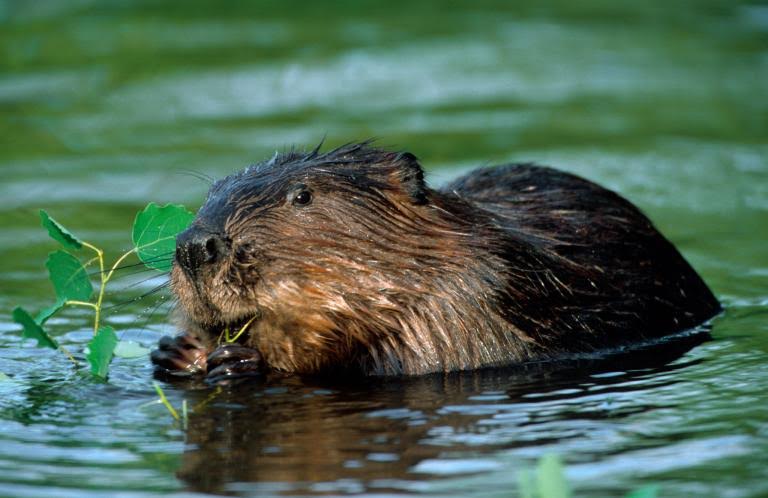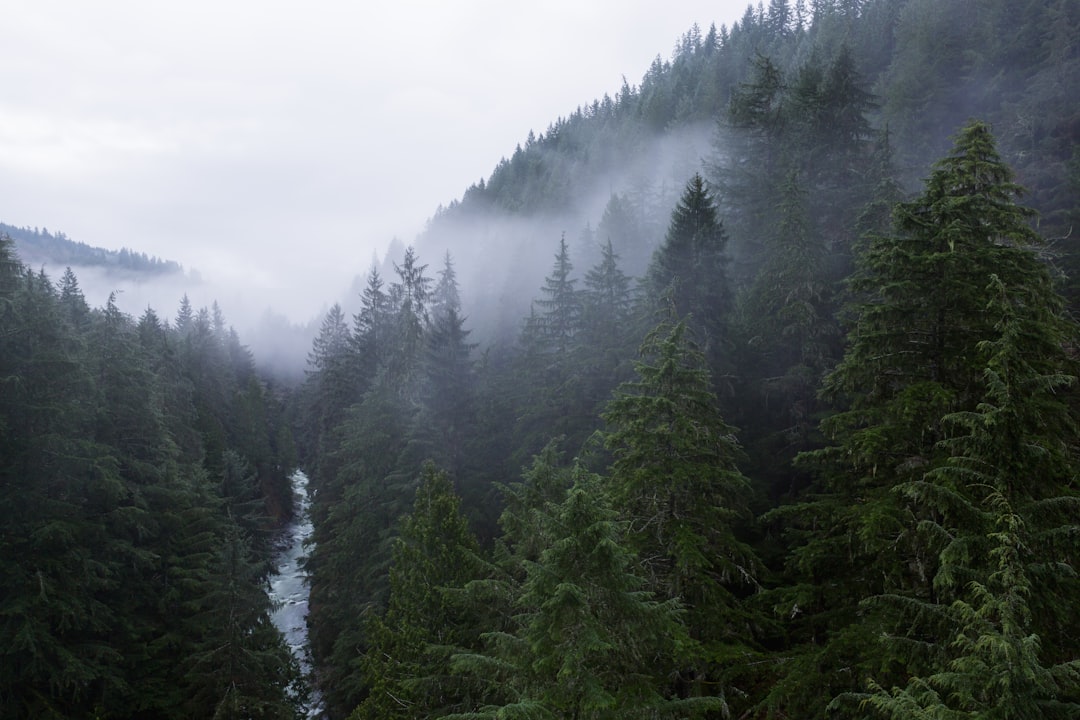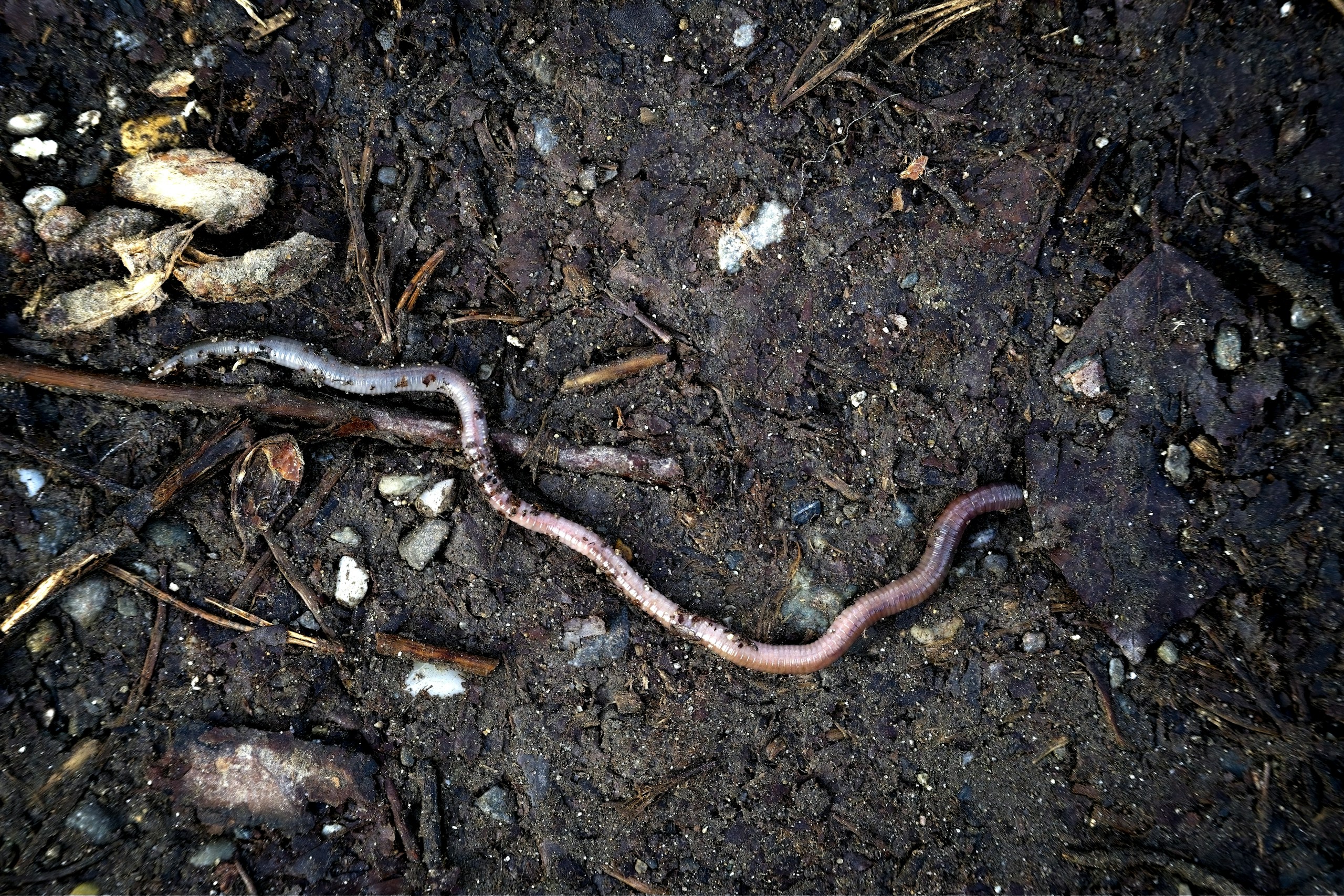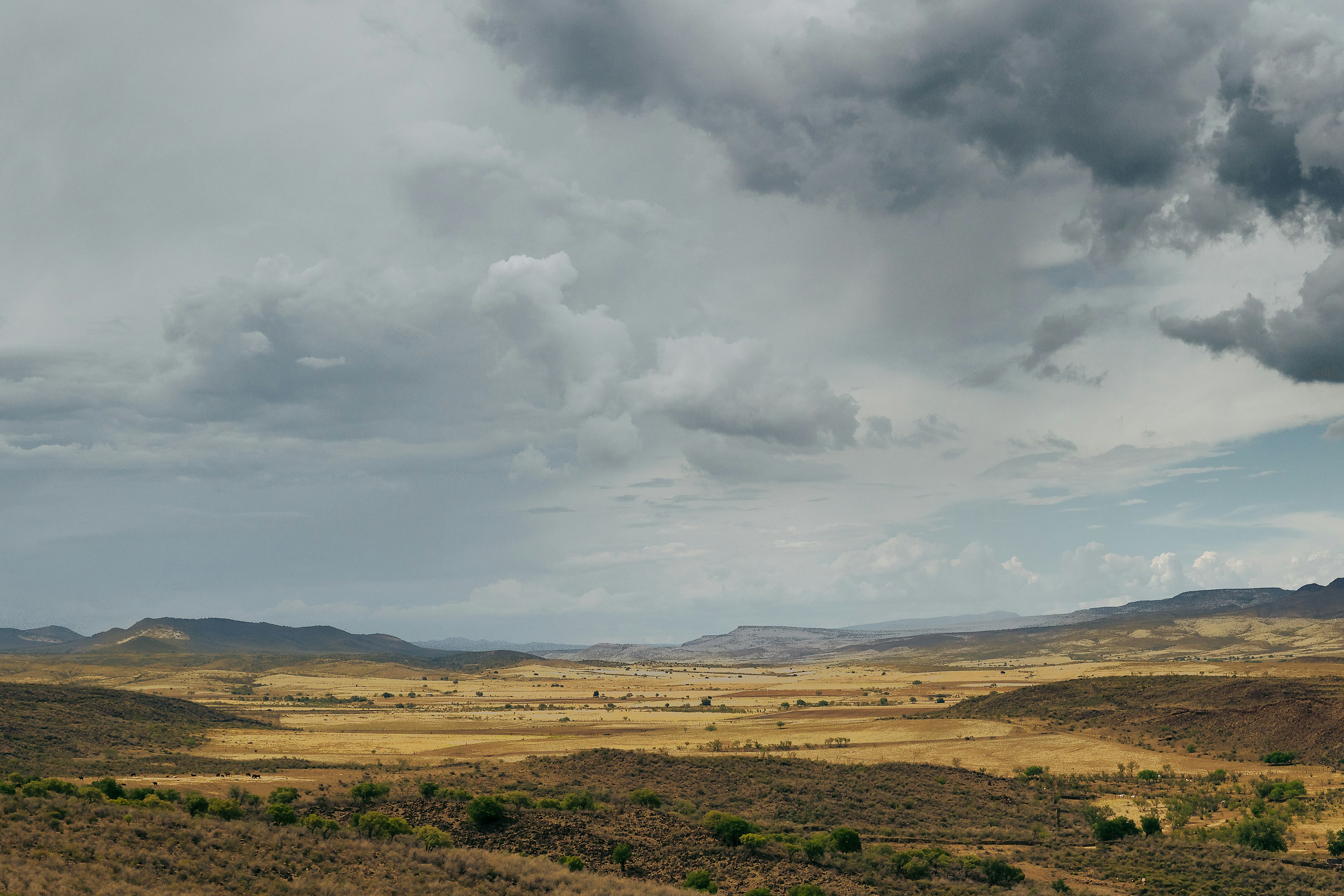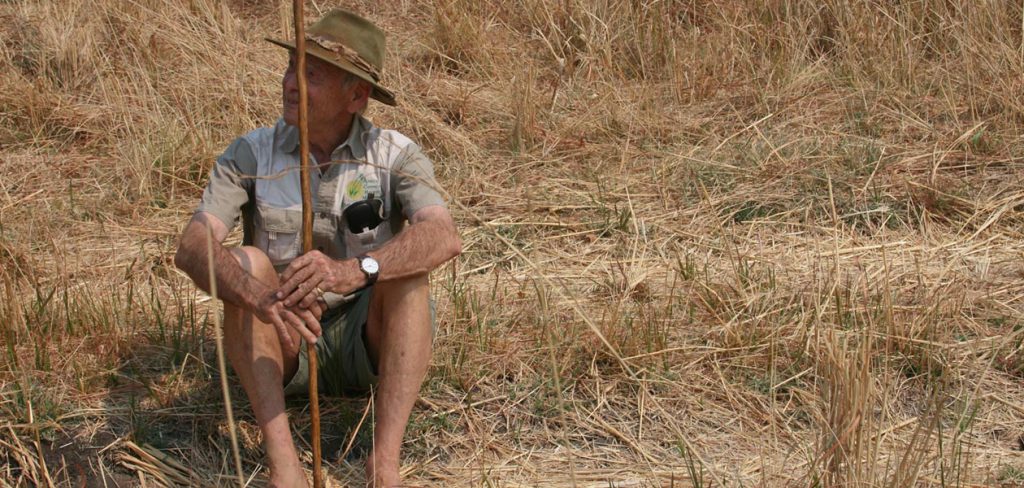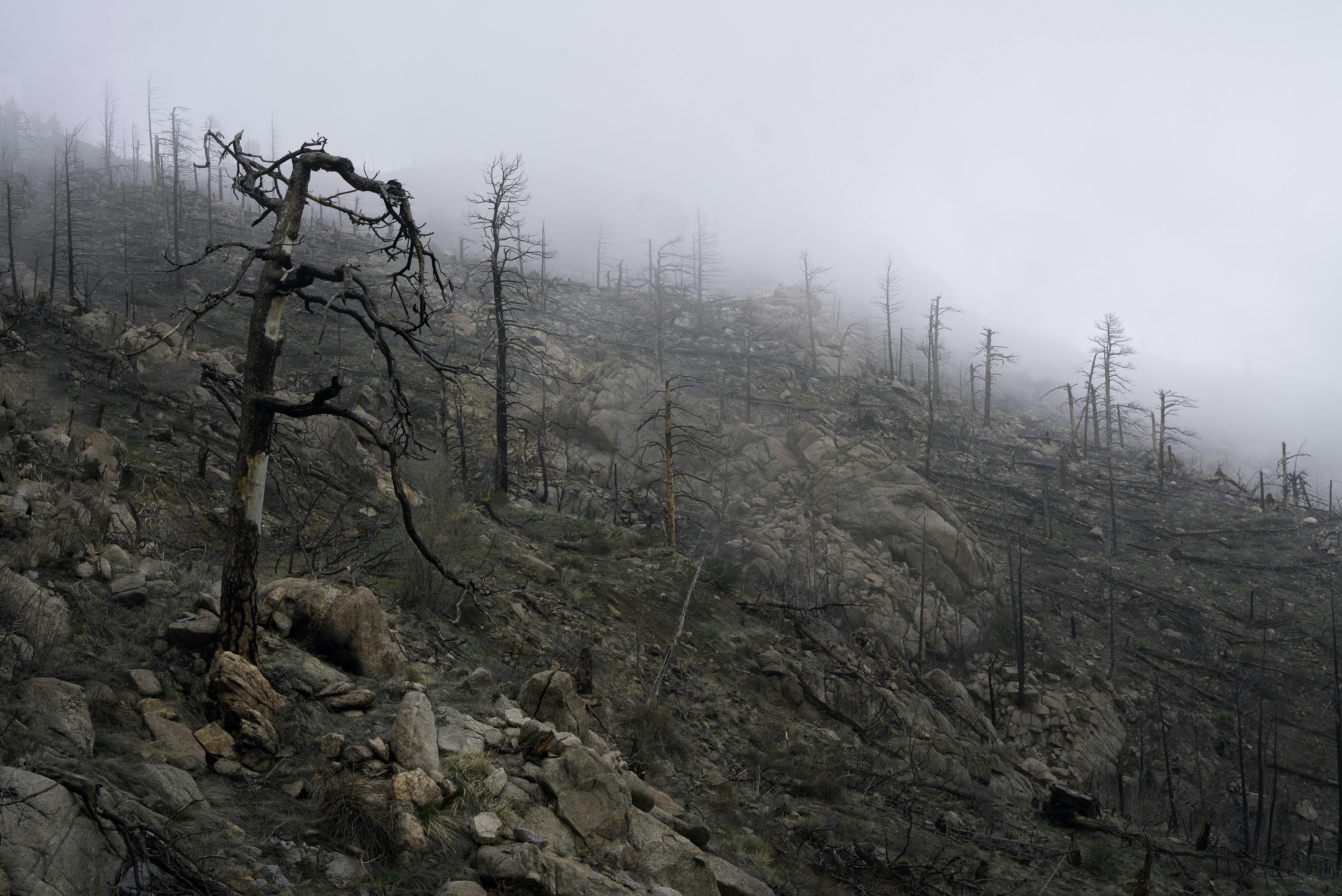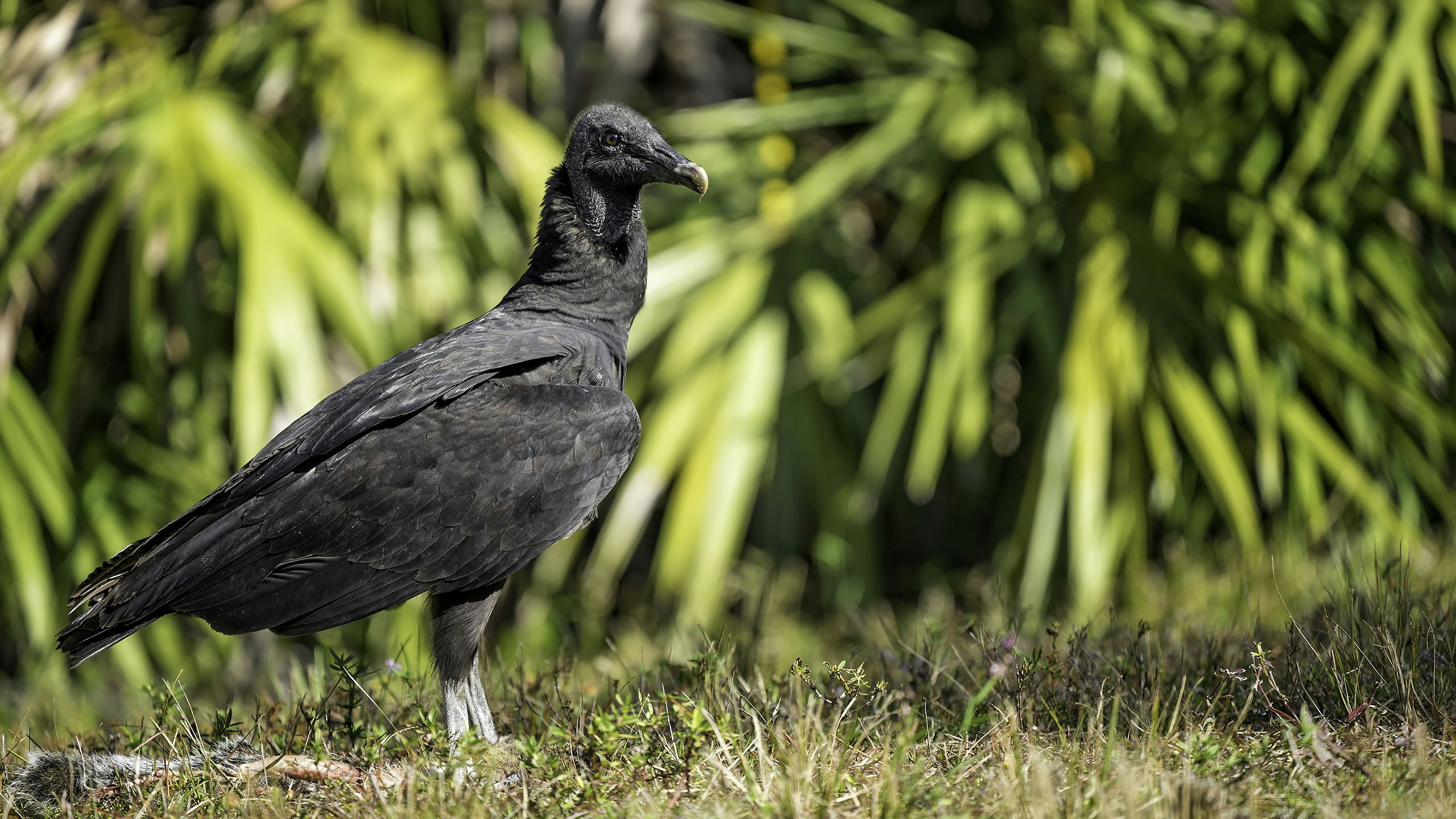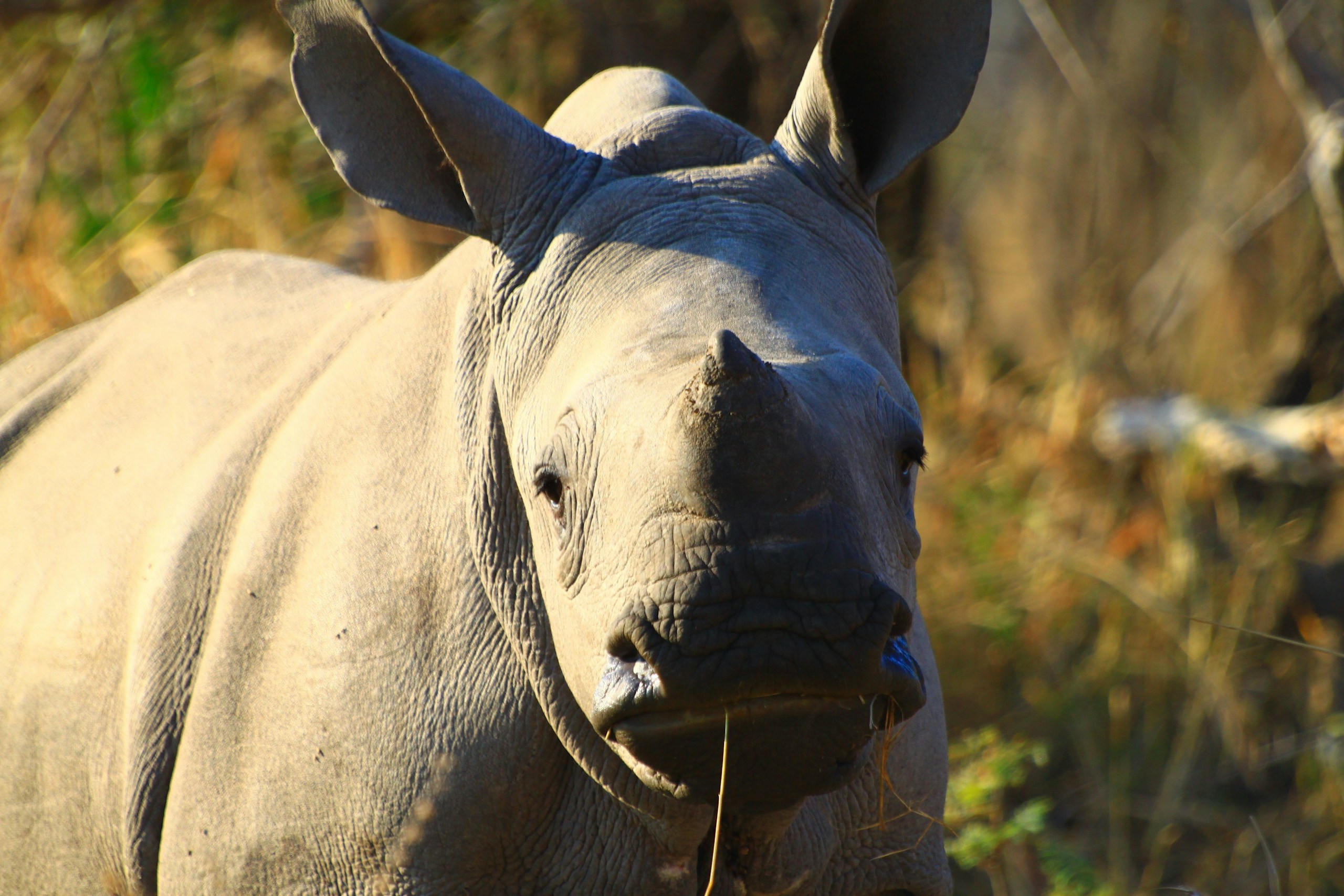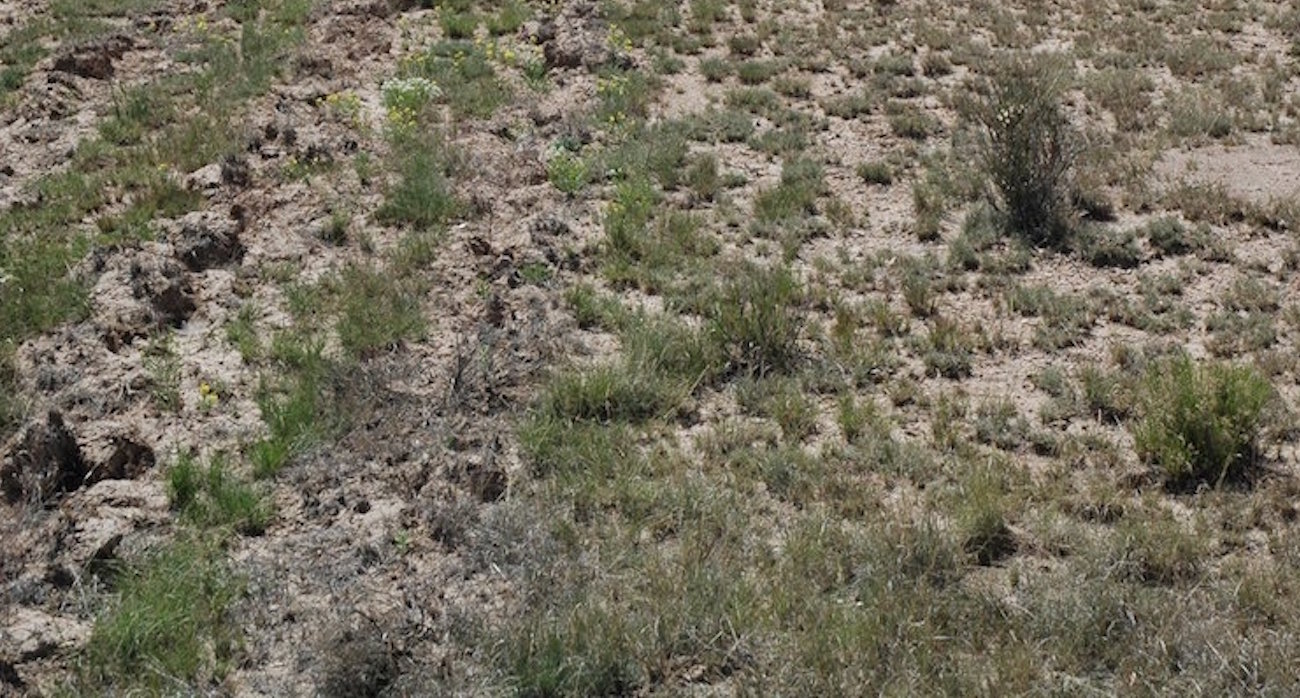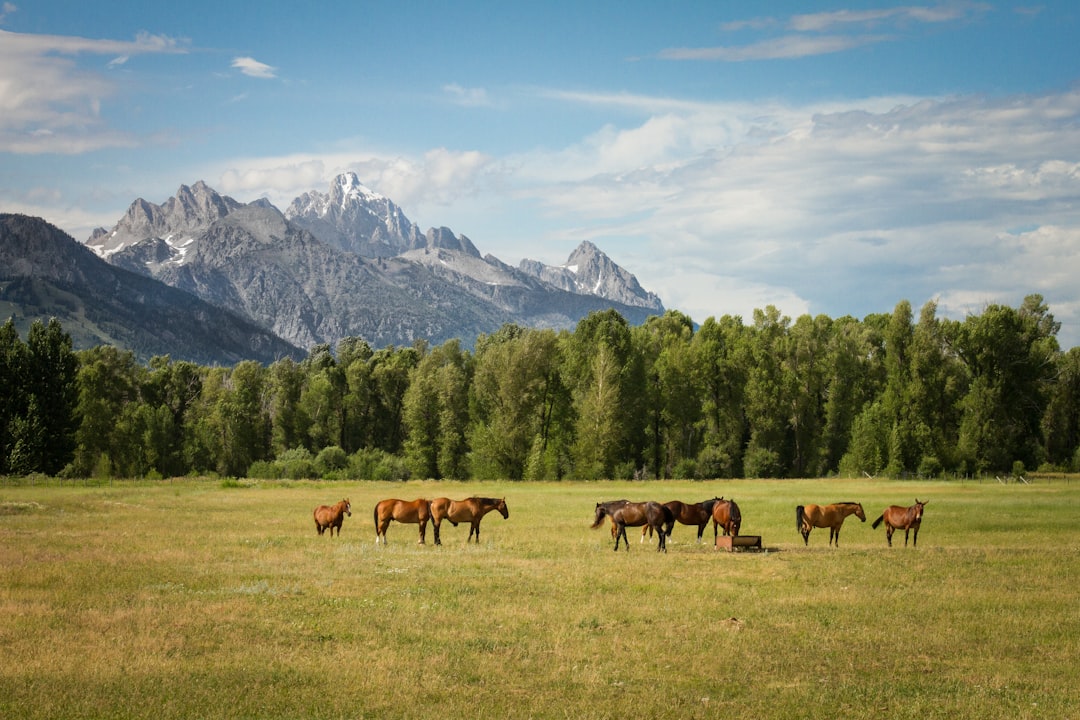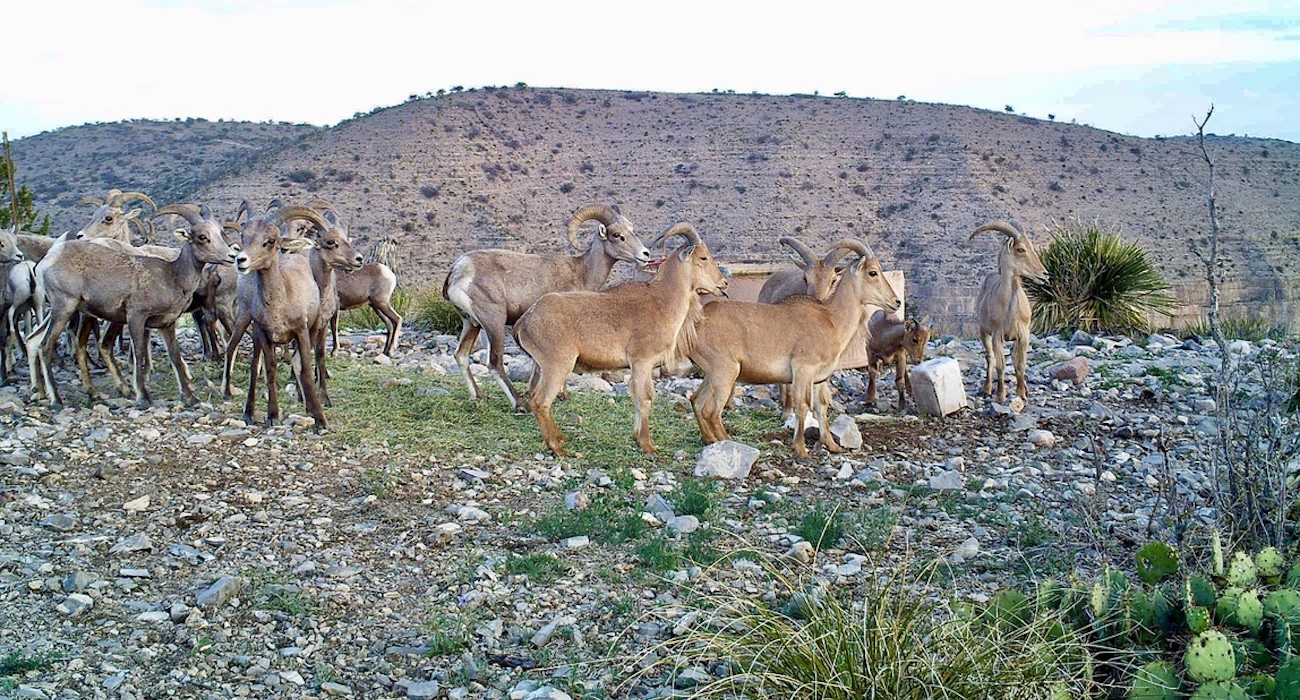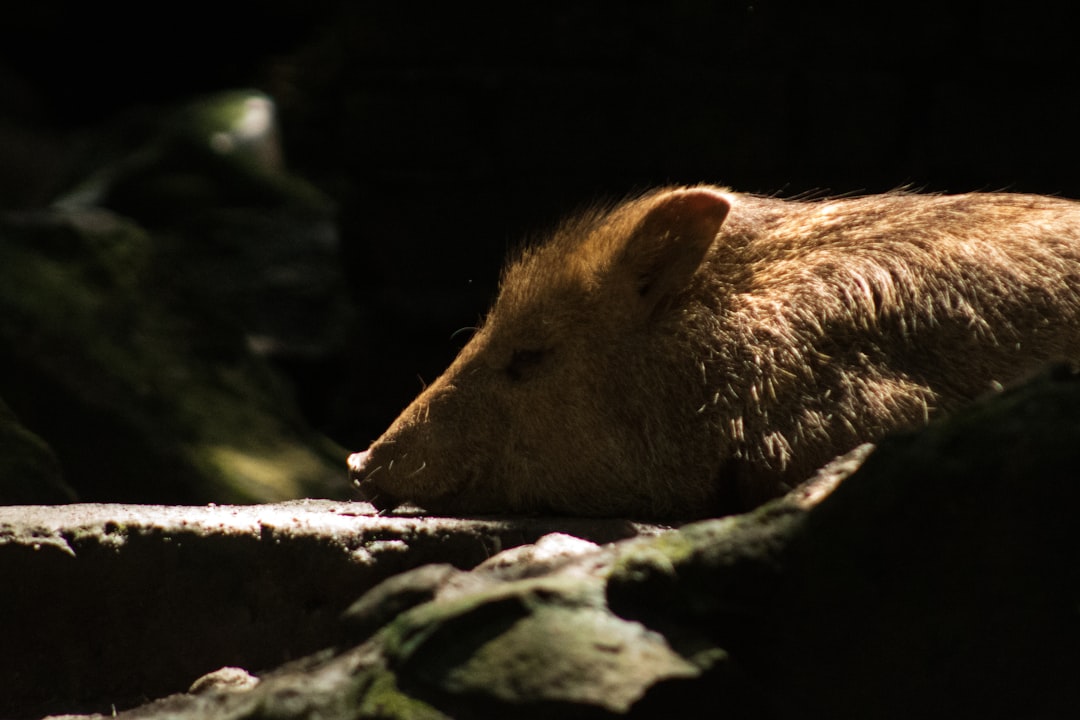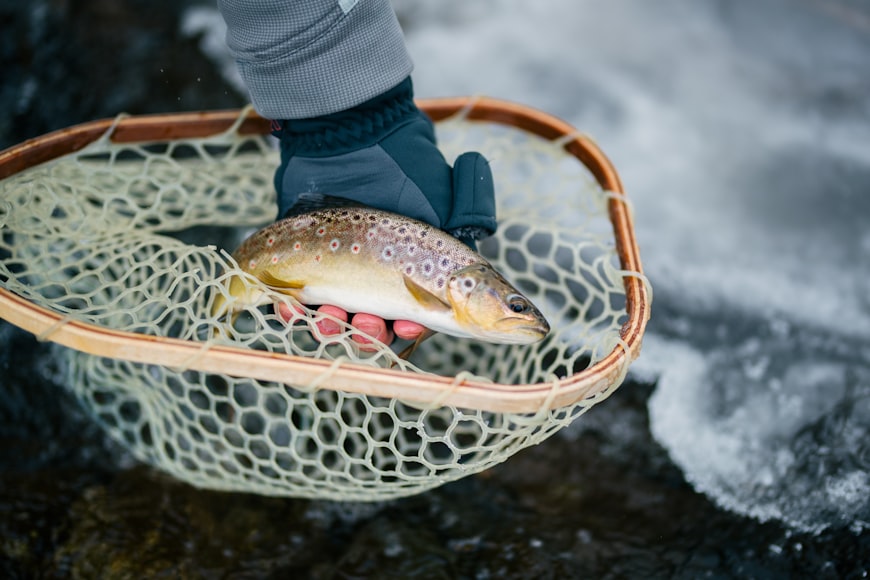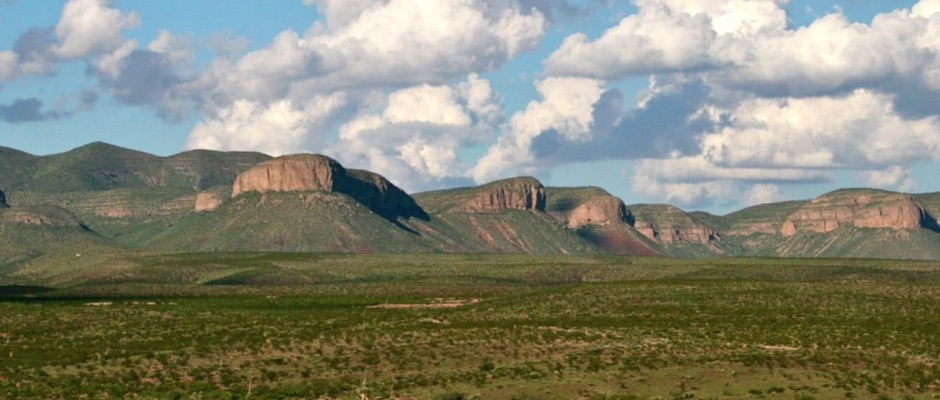Invasive Species Biology
Since the beginning of time, species have spread and contracted their ranges.
A variety of factors including weather and climate influenced their spread and movement. Arguably, one of the most important modern factors is human influence.
As humans became more mobile, as our trade routes expanded, as our practices changed the landscape, we influenced and likely escalated species spread. For instance, the exploration of North America prompted the introduction of hogs and the reintroduction of horses.
With the passage of time and the improvement of transportation, the world has shrunk, at least metaphorically. More people criss-crossing a smaller planet for a variety of purposes created more opportunities for species to establish themselves outside their traditional ranges.
Sometimes, as with the case of rapidly spreading kudzu, someone deliberately introduced it. Kudzu, with its almost exponential growth rate, was originally touted as potential solution for erosion and a godsend for landscaping. Saltcedar choking desert waterways followed a similar path. Imported red fire ants hitched a ride on a ship and landed in Florida. The anaconda population in Florida Everglades, is thought to have originated at least in part by pet owners who tired of the big reptiles and released them into the wild.
As a whole, the species have done what successful species do—exploit and claim their niche in suitable habitat. In the absence of disease and predators, they are often unchecked.
People faced with an ecosystem that seems to be tipping out of balance have done what people do. They’ve labeled the problem, in this case “invasive species.” By its original definition, an invasive species also known as an introduced species, is a species that is not native to a specific location, and that has a tendency to spread to a degree believed to cause damage to the environment, human economy or human health. The definition has expanded to include any species that has spread anywhere someone may not like it to be.
Faced with a system that appears to be out of balance, humans have identified introduced species as invasive enemies. Armed with poison, guns, traps and any other means necessary, humans have gone to war against the invaders.
In the course of waging war, the soldiers ignore the inherent difficulty in identifying what is native. For instance, the ancestors of Equus ferus (modern horses) evolved in North America and radiated to Eurasia before becoming locally extinct. In 1493, the horse returned to North America with the explorers. This equine globe hopping raises the question: Are horses native or exotic to the continent of their evolutionary ancestors?
But instead of recognizing inherent flaws in logic and approach, the soldiers, be they researchers, regulators, managers or owners, choose to apply a single, focused solution to a complicated problem. An all-out attempt to destroy the invaders only rewards big businesses that produce the “tools of war” and throws the system further out of balance.
As proponents of biodiversity, we believe that all species, even those that are new to an area, can play a role in a healthy ecosystem. The quest is discovering the benefits of the additions and managing them so they don’t overwhelm any other part of the local system.
